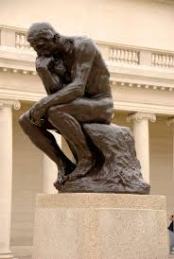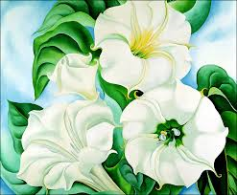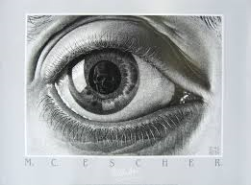
 Both these pictures are of Hirst’s spot paintings. The one on the left is a normal one. The one on the right has an addition who some believe was made by Banksy, the graffiti artist. There is not too much on the individual paintings, however, I can tell you about Banksy. He is a United Kingdom based graffiti artist who was also born in The UK. Little to none know his true identity, but people will not stop searching.
Both these pictures are of Hirst’s spot paintings. The one on the left is a normal one. The one on the right has an addition who some believe was made by Banksy, the graffiti artist. There is not too much on the individual paintings, however, I can tell you about Banksy. He is a United Kingdom based graffiti artist who was also born in The UK. Little to none know his true identity, but people will not stop searching.
I think this is a good example of pattern. Especially in the picture on the left, the pattern is the main focus. The simplicity of it makes it look really enticing. This pattern is not overly complex, but the color makes it intriguing. If it was all in black and white, it would be extremely boring. Pattern is an element of art that benefits greatly from other elements of art and principles of design.








